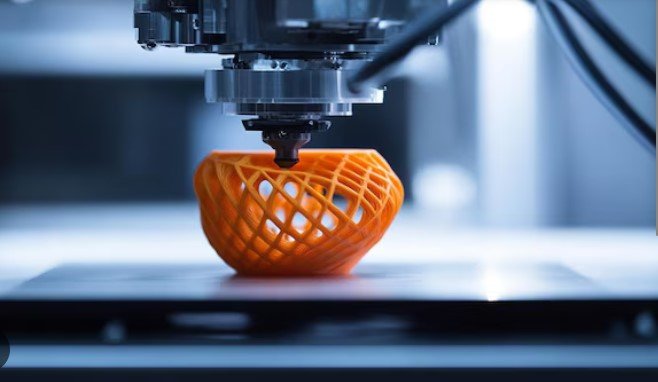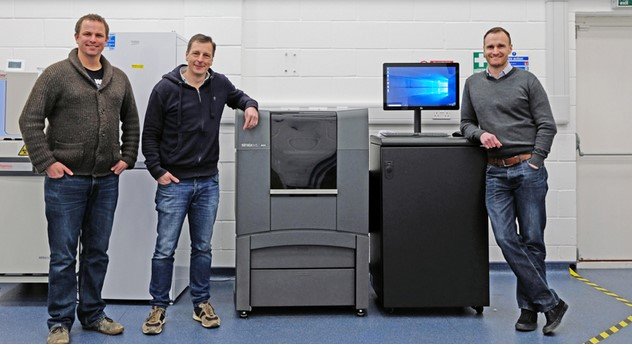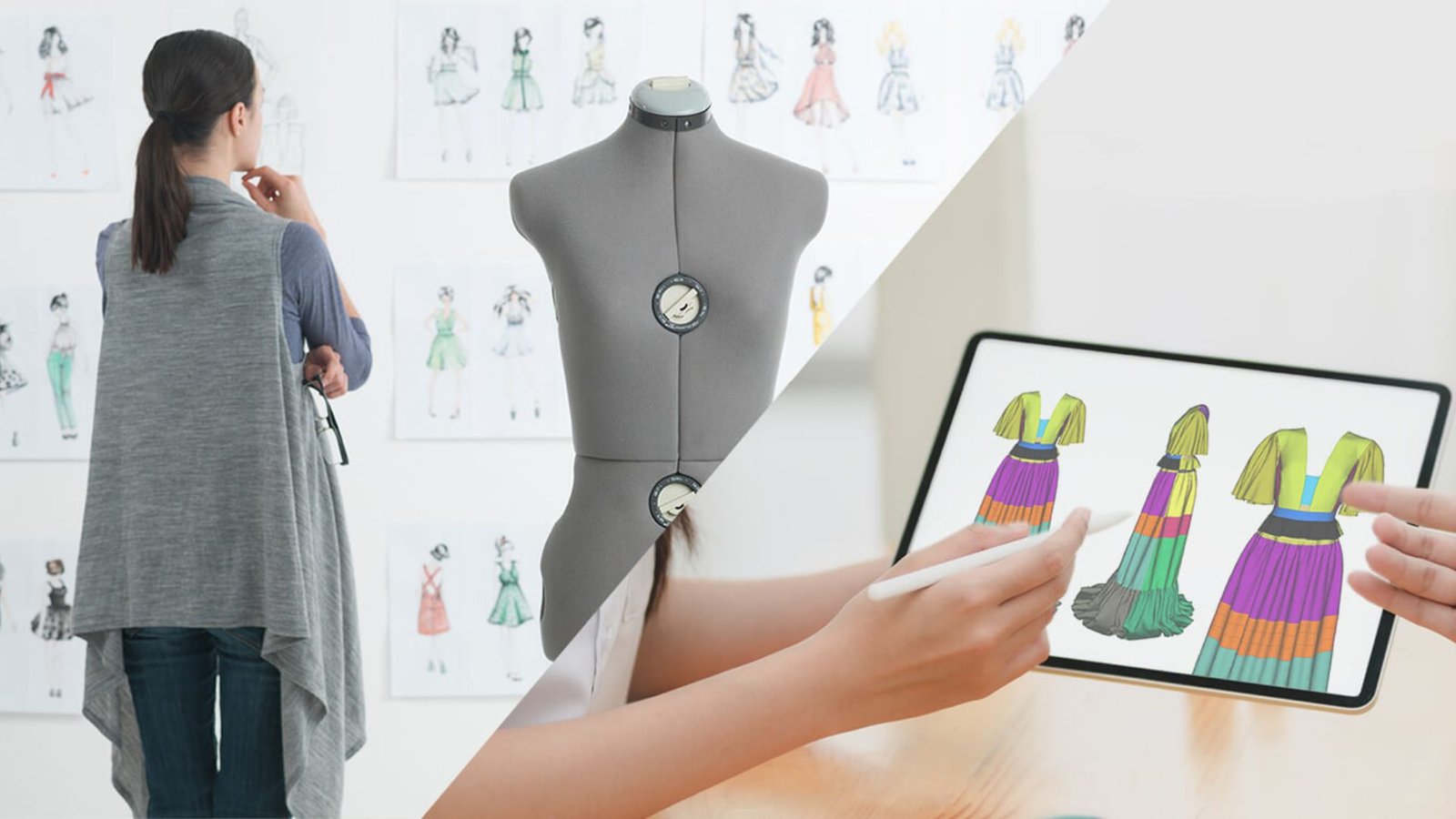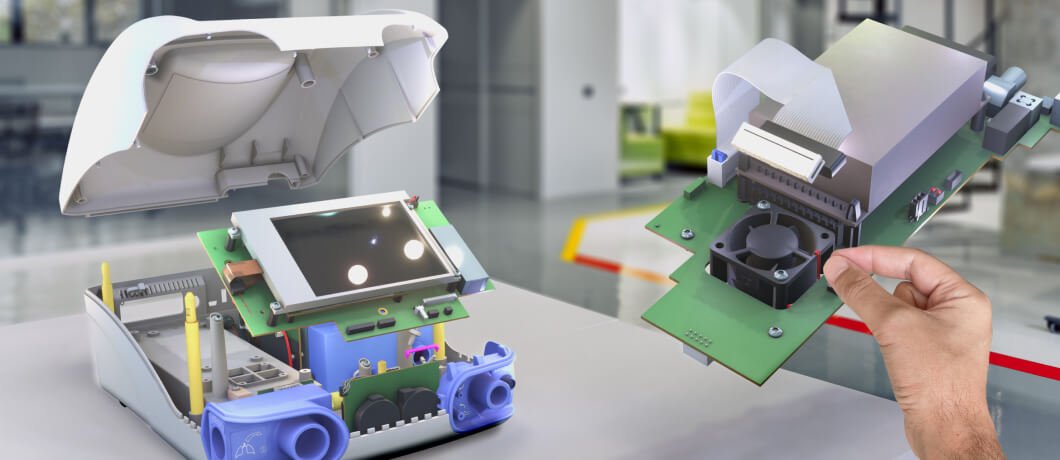3D technology has advanced rapidly, but its development still faces numerous challenges. From technical limitations to high costs, 3D technology faces hurdles that must be addressed for broader adoption. In this post, we explore some of the key challenges in the development of 3D technology and how they impact its future.

1. High Development and Production Costs
One of the major challenges in 3D technology development is the high cost of production. The hardware and software used to create and render 3D models and environments can be expensive. Moreover, designing complex 3D objects requires advanced skills and significant time investment, which further increases the cost. As a result, many companies hesitate to invest in 3D technology due to these financial barriers.
2. Limited Access to Advanced Tools
Another challenge is the limited access to advanced 3D design tools. While some tools are available at a consumer level, they may lack the features needed for professional applications. Advanced 3D modeling and rendering software can be expensive and require powerful computers to operate efficiently. This creates a barrier for aspiring artists and smaller companies who may not have the resources to access high-end tools.
3. Technical Limitations and Quality
Despite advancements, 3D technology still faces technical limitations in areas like resolution, speed, and accuracy. Creating highly detailed and realistic 3D models requires sophisticated hardware and software. Additionally, rendering complex scenes can take a significant amount of time. These limitations hinder the speed and quality of 3D content creation, particularly in industries like film and video games where real-time rendering is critical.
4. Lack of Standardization
A lack of standardization in 3D technology is another challenge. Different industries and companies use various file formats, rendering techniques, and software, making it difficult to collaborate effectively. For example, a 3D model created in one program may not be compatible with another. This lack of consistency slows down the development process and increases the complexity of working with 3D technology.
5. Intellectual Property and Legal Issues
Intellectual property (IP) and legal issues also pose challenges in the development of 3D technology. As 3D models and designs become more accessible, protecting original creations becomes increasingly difficult. Copying and distributing 3D content without permission is a concern, especially in industries like gaming and entertainment. Legal battles over IP rights can delay the development of new 3D technologies and their applications.
6. Skilled Labor Shortage
The demand for skilled professionals in 3D technology continues to rise, but there is a shortage of talent. 3D artists, engineers, and developers must possess specialized knowledge of design, animation, and software tools. The growing need for skilled labor in fields like gaming, film, and architecture means that companies face challenges in finding qualified individuals. This talent gap can slow down innovation and progress in the industry.
7. Integration with Other Technologies
Integrating 3D technology with other emerging technologies can also be challenging. For instance, combining 3D modeling with artificial intelligence, virtual reality (VR), or augmented reality (AR) requires complex systems that work seamlessly together. These integrations require time, research, and development, which can delay the implementation of 3D technology in new applications. The lack of smooth integration limits the potential of 3D technology.
8. User Experience and Accessibility
While 3D technology offers incredible possibilities, the user experience and accessibility remain significant challenges. Many 3D applications are complex and require specialized knowledge to use effectively. Additionally, devices such as VR headsets can be uncomfortable for long-term use, limiting the adoption of immersive 3D experiences. Making 3D technology more user-friendly and accessible will be key to its widespread adoption.
9. Environmental Impact
The environmental impact of 3D printing and manufacturing is another concern. 3D printing, particularly in industries like manufacturing and medicine, often uses plastic and other materials that can contribute to waste. While there are eco-friendly alternatives, the widespread use of 3D technology may increase its environmental footprint. Finding sustainable solutions will be essential as 3D technology continues to evolve.
Conclusion
In conclusion, the development of 3D technology is a complex process with several significant challenges. High costs, limited access to advanced tools, technical limitations, and the lack of standardization all hinder the growth of the industry. Additionally, intellectual property issues, a shortage of skilled labor, and environmental concerns add layers of complexity. Addressing these challenges will be crucial in unlocking the full potential of 3D technology and making it more accessible and efficient for industries worldwide.




